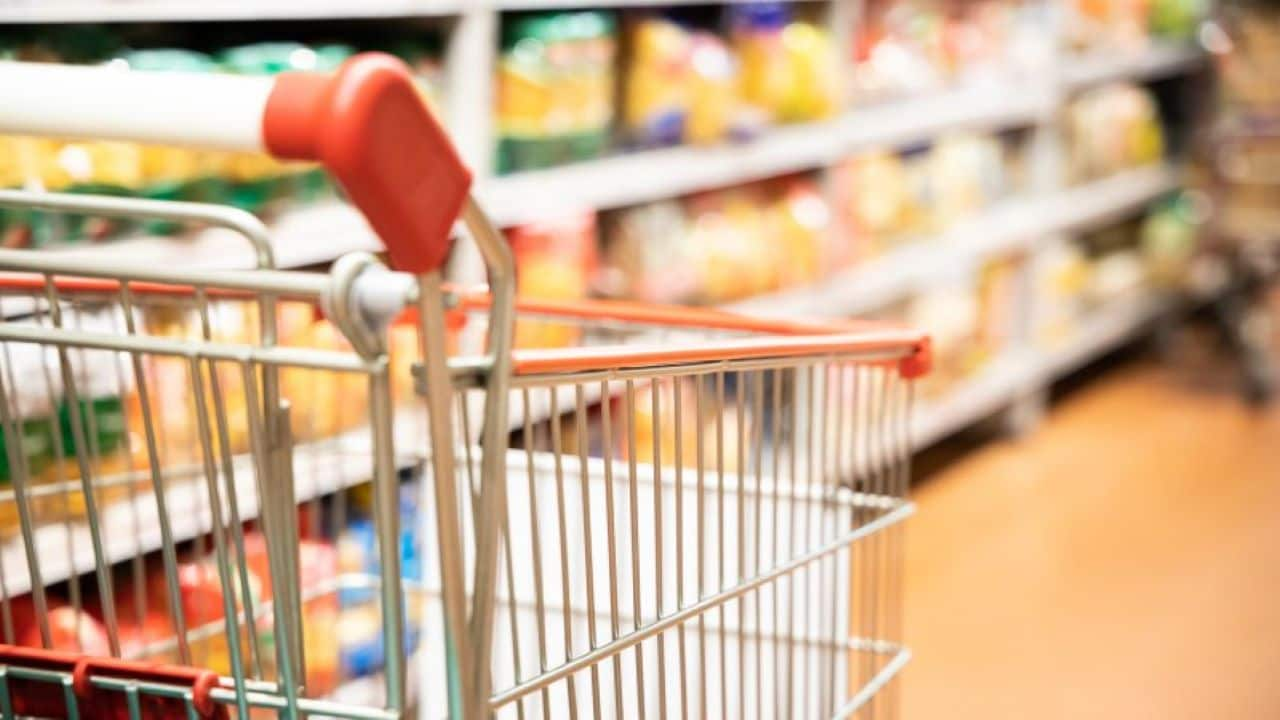
| Company | Value | Change | %Change |
|---|
Domestic consumption has been critical to India’s growth story. However, inflationary pressures have eroded consumers’ purchasing power. “Government interventions should focus on enhancing disposable incomes and stimulating spending to sustain economic momentum,” he said.
The Reserve Bank of India, in its recent Monetary Policy Committee (MPC) meet, revised India’s consumer price inflation (CPI) forecast for FY25 to 4.8% from 4.5% earlier. This comes after the retail inflation in October stood at 6.21%, above RBI’s targeted band of 4% to 6%.
In his post-policy address, then RBI Governor Shaktikanti Das said near-term inflation remains elevated on food price pressure and that vegetable prices would see seasonal correction during the winter months. The RBI MPC also revised the projections for the third quarter to 5.7% from 4.8% earlier, and 4.5% from 4.2% earlier for the fourth quarter.
Banerjee said persistent food inflationary pressures particularly impinge upon low-income rural households who allocate a larger share of food in their consumption basket. “While recent quarters have shown promising signs of recovery in rural consumption, targeted government interventions, such as increasing per unit benefit under its key schemes such as MGNREGS, PM-KISAN and PMAY, and providing consumption vouchers to low-income households, can further enhance the rural recovery,” he added.
On another note, a recent quarterly FMCG Pulse report by Kantar highlighted a significant slowdown in the FMCG sector. Growth in the sector has decelerated to 4.3% during the August to October 2024 period, compared to 6.4% during the same period last year, it stated. This performance is also slightly weaker than the 4.5% growth recorded in the preceding quarter, as per the report.
Rural markets, which traditionally exhibit higher growth rates than urban areas, were also experiencing a slowdown. Volume growth in rural regions stood at 4%, trailing the 4.5% growth observed in urban areas. Despite the current slowdown, Kantar pointed to a potential recovery in rural areas. Government initiatives and anticipated growth in the agricultural sector were expected to drive sustainable growth in the rural FMCG market in the coming year. However, rising prices remain the dominant factor impacting both rural and urban FMCG markets.
The CII in its Budget proposals for 2025-26 has suggested the following targeted interventions to boost consumption:
1) Reduce excise duty on fuel
“Fuel prices significantly drive inflation, forming a substantial portion of the overall household consumption basket,” it said, adding that the central excise duty accounts for around 21% of the retail price for petrol and 18% for diesel. Since May 2022, these duties have not been adjusted in line with the approximately 40% decrease in global crude prices. “Lowering excise duty on fuel would help reduce overall inflation and increase disposable incomes,” CII said.
2) Reduce marginal tax rates for personal income up to ₹20 lakh per annum
“The gap between the highest marginal rate for individuals at 42.74% and the normal corporate tax rate at 25.17% is high. Further, inflation has reduced the buying power of lower and middle-income earners,” CII said, adding that reducing the mentioned marginal tax rates would help trigger the virtuous cycle of consumption, higher growth and higher tax revenue.
3) Increase daily minimum wage under MGNREGS
The CII said the daily minimum wage under the MGNREGS should be increased to ₹375 from ₹267 as suggested by the ‘Expert Committee on Fixing National Minimum Wage’ in 2017. The CII Research estimates show that this will entail an additional expenditure of ₹42,000 crore.
4) Raise annual payout under PM-KISAN
The annual payout under PM-KISAN should be raised to ₹8,000 from ₹6,000, CII suggested. “Assuming 10 crore beneficiaries, this will entail an additional expenditure of ₹20,000 crore,” it added.
5) Increase the unit costs under the PMAY-G and PMAY-U schemes
The CII said the same has not been revised since its inception
6) Introduce consumption vouchers, targeted at low-income group
As per the CII, this will stimulate demand for specified goods and services over a designated period. “The vouchers could be designed to be spent on designated items and could be valid for a designated time to ensure spending. The beneficiary criteria can be defined as Jan Dhan account holders who are not beneficiaries of other welfare schemes,” CII said.
Banerjee also said that low returns on bank deposits compared to other avenues such as equities and mutual funds, coupled with a higher tax burden on interest income, have made bank savings less attractive.
Earlier this year, former RBI governor Shaktikanta Das also flagged concerns about the widening gap between credit and deposit growth with household savings increasingly moving away from traditional deposits, urging banks to adopt new strategies to attract deposits and manage liquidity risks effectively.
CII said bank deposits as a proportion of a household’s financial assets have declined from 56.4% in FY20 to 45.2% in FY24. To encourage bank deposit growth, CII, in its Budget proposals has suggested taxing interest income from deposits at a lower rate and reducing the lock-in period for fixed deposits with preferential tax treatment from the present five years to three years.
Also Read: Budget 2025: CII seeks priority sector lending reforms, outcome-based credit



